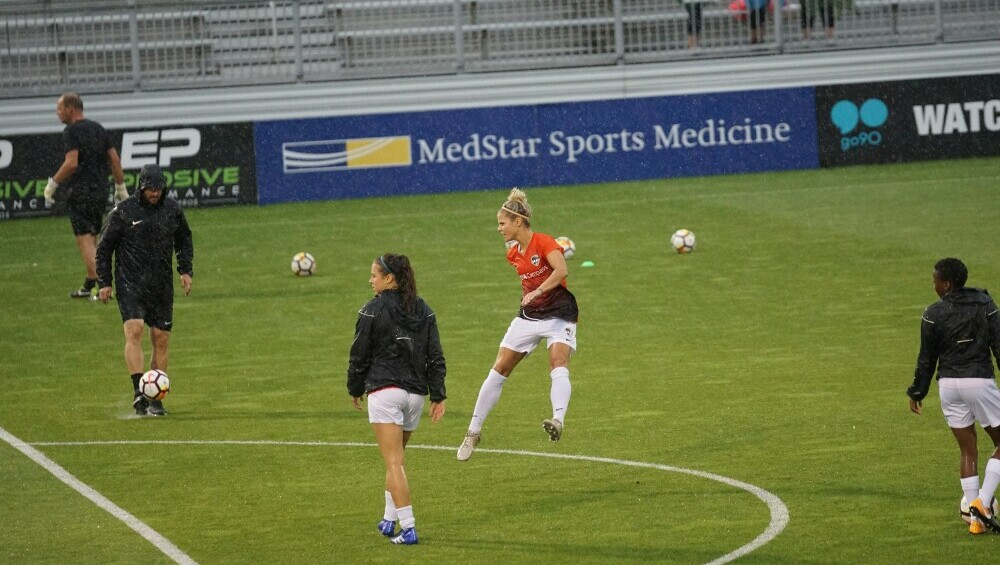
Soccer isn’t what it used to be. The days of rigid formations and predictable plays are behind us. Teams now thrive on versatility, adjusting their tactics based on the flow of the game. This flexibility isn’t just a trend, it’s a necessity in the fast-paced world of modern soccer.
Think about top teams like Manchester City or Liverpool. Their success often lies in their ability to switch things up. They read the game and adapt, whether it’s shifting to a more defensive stance to hold a lead or pushing forward to chase a win. This isn’t random; it’s a well-thought-out strategy that plays to their strengths while exploiting the opponent’s weaknesses.
Why does this matter? Simple. Flexibility in formations keeps opponents guessing. When a team can effortlessly switch from a 4-3-3 to a 3-5-2, they become unpredictable, and that’s a nightmare for any opposing coach. It’s not just about having a Plan B, but a Plan C, D, and E.
Let’s look at some case studies where this adaptability made all the difference. Think back to Chelsea under Antonio Conte. His switch to a 3-4-3 formation mid-season turned things around massively, leading them to a Premier League title. Or consider Spain’s national team, known for their ‘tika-taka’ style, which can morph into a solid defensive formation when needed.
But it’s not just about countering opponents. Teams also adapt to leverage their unique strengths and cover weaknesses. If a key player is out, that could mean shifting the formation to fill that gap. Or if an opponent has a particularly strong winger, tweaking the formation to provide extra defensive cover can neutralize that threat.
In essence, the ability to adapt formations isn’t just about tactics. It’s about understanding the game, reading the situation, and making smart decisions quickly. It’s what separates the good from the great in modern soccer.
Key Factors Influencing Formation Changes
Let’s break down what influences those on-the-fly formation changes. First off, the players themselves. A coach needs to know what their players can do – their strengths, their weaknesses, and their versatility. You’ve got to have players who can handle multiple roles and shift gears without missing a beat. Think of players like Kevin De Bruyne or N’Golo Kante, who can dominate in various positions.
Then there’s what’s happening on the pitch. Sometimes, you’re up against it and need to shift to a more defensive setup. Other times, you need to throw caution to the wind and go all-out attack to grab that late equalizer. A good coach reads these moments and adapts accordingly. Reading the game isn’t just for players; it’s a crucial skill for coaches too.
Injuries and suspensions can throw a wrench into even the best-laid plans. Losing a key player might mean reshuffling your formation to cover that hole. It’s about making the most of the squad available and playing to the strengths of whoever’s fit and ready to go.
Managerial philosophy plays a big role too. Coaches like Pep Guardiola or Jurgen Klopp thrive on tactical flexibility. Their squads are drilled to switch formations seamlessly. On the other hand, some managers stick to their guns and rarely change. It’s all about finding the balance that works for the team, the philosophy, and the competition.
Formation changes are part art, part science. It’s about knowing your team’s ins and outs, understanding the flow of the game, and being ready to act when things don’t go as planned. Adapting on the fly keeps the opponents guessing, and more importantly, it keeps your team in the hunt.
Technological Tools in Formation Adaptation
In today’s digital age, technology is a game-changer in how teams adapt their formations. Data analytics, in particular, is revolutionizing how managers approach tactics. With a flood of data at their fingertips, coaches can make informed decisions based on real-time performance metrics and historical data. This objective analysis helps in pinpointing what’s working and what needs to be tweaked.
Let’s talk tools. Software like Opta, StatDNA, and WyScout are the go-to for many top clubs. These platforms provide detailed breakdowns of the game, from player movements to heat maps and passing patterns. Having this level of insight means teams can adjust their formation based on tangible evidence rather than gut feeling. It’s a blend of science and strategy.
With the rise of real-time data, on-field communication has also seen a significant upgrade. Earpieces for players, real-time stats delivered directly to tablets on the bench, and advanced communication systems ensure that players and coaching staff are on the same page instantly. That’s a huge plus when you need to make quick, strategic changes mid-game.
So, what does the future hold? The integration of AI and machine learning is already starting to show up in top clubs. Predictive analytics can offer insights into likely outcomes based on current game dynamics. Imagine a system that can suggest formation changes in real-time, taking into account every possible variable. It’s not far off and could redefine how we see tactical adaptation in soccer.
Incorporating technology in formation changes is about staying ahead of the curve. Embracing these tools doesn’t just give teams an edge; it’s becoming essential to stay competitive. For any team looking to make that leap from good to great, leveraging technology is a step in the right direction.
Challenges and Solutions in Adapting Formations
Adapting formations isn’t a walk in the park; it comes with its own set of challenges. One of the main hurdles is consistency. Players need time to gel and understand different formations. Constant changes can disrupt the team’s rhythm and result in confusion on the pitch.
Another big challenge is balancing defense and attack. Go too defensive, and you risk nullifying your offense. Go too attacking, and you leave gaps at the back. Finding that sweet spot where the team is both solid and dangerous is a fine art and requires constant tweaking.
Training is where the magic happens. Coaches need to instill adaptability in their practice sessions. Drills that focus on transition phases and positional awareness can make a huge difference. Teams that practice switching formations train their muscle memory to make these transitions almost second nature.
Players might resist frequent changes, preferring the safety of a familiar system. Team meetings, video sessions, and one-on-one chats help in getting everyone on the same page. The buy-in from players is essential for any tactical shift to work smoothly.
All in all, the key is preparation and flexibility. Successful teams are those that can not only set up multiple formations but can switch between them seamlessly during a game. It’s about being prepared for every scenario, having a clear plan, and executing it with confidence.
